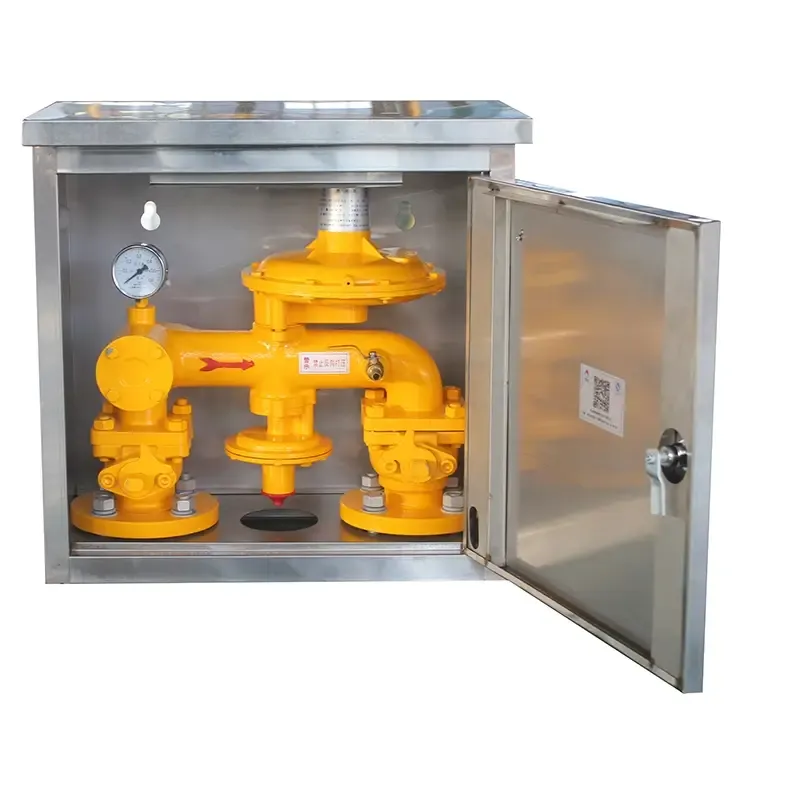
12 月 . 03, 2024 18:12
Back to list
gas pressure vessel
Understanding Gas Pressure Vessels Function, Design, and Safety
Gas pressure vessels are critical components used in a variety of industries, including chemical processing, oil and gas, and power generation. These vessels are designed to contain gases at pressures that exceed atmospheric levels, making them essential for applications where enhanced pressure is necessary for processes such as compression, storage, and transportation of gases.
Functionality of Gas Pressure Vessels
The primary function of a gas pressure vessel is to safely store gases under pressure. This can include everything from natural gas and hydrogen in the energy sector to specialized gases used in chemical manufacturing. The ability to contain gases at high pressures allows for efficient storage and use, reducing the volume required for transportation and decreasing the risk of gas loss during handling.
In addition to storage, gas pressure vessels serve several other functions. They can be used in processes where gases need to be mixed with various reagents in a controlled atmosphere or to create specific reaction conditions. For example, in the production of ammonia via the Haber process, high-pressure vessels are essential for optimizing reaction rates and yields.
Design and Materials
Designing gas pressure vessels involves careful consideration of materials, geometry, and safety factors. The materials used must not only withstand the pressures exerted by the gas inside but also resist corrosion and fatigue over time. Common materials include carbon steel, stainless steel, and various alloys, depending on the chemical properties of the gas being contained.
The geometry of a gas pressure vessel is also vital. Most vessels are cylindrical, as this shape can evenly distribute stress and resist the forces exerted by high internal pressures. The thickness of the vessel walls is a crucial design consideration, as it must be sufficient to contain the gas without risking structural failure.
gas pressure vessel

Additionally, other design aspects include the incorporation of safety features, such as pressure relief valves, which help prevent overpressure situations that could lead to catastrophic failures. Regulatory standards, such as those set by the American Society of Mechanical Engineers (ASME), provide guidelines to ensure vessels are built and operated safely.
Safety Considerations
Safety is paramount in the operation of gas pressure vessels. They are subject to rigorous inspection and maintenance protocols to ensure they remain in safe working condition. Regular inspections can identify signs of wear, corrosion, or other issues before they lead to failures.
Training for personnel working with gas pressure vessels is also crucial. Operators must understand the risks associated with high-pressure gases and the procedures for operating and maintaining the vessels safely. Emergency protocols must be in place to address potential leaks or ruptures, which could pose significant hazards to workers and the environment.
Moreover, advancements in technology are continuously improving safety measures. Modern pressure vessels may incorporate sensors for real-time monitoring of pressure and temperature, providing immediate feedback to operators and alerting them to potentially dangerous conditions.
Conclusion
Gas pressure vessels are indispensable in various industries, enabling the efficient storage and handling of gases at elevated pressures. Their design and operation entail a careful balance of functionality, safety, and regulatory compliance. As technology evolves, these vessels will continue to play a vital role in meeting the demands of modern industries while ensuring that safety remains a top priority. Understanding their operation not only enhances efficiency but also protects workers and the environment from the potential hazards associated with high-pressure gas containment.
Next:
Latest news
-
Unlocking The Quality Gas Pressure ReducersNewsNov.01,2024
-
The Role of Gas Pressure Reducing StationsNewsNov.01,2024
-
The Importance and Functionality of Safety Relief ValvesNewsNov.01,2024
-
The Essential Role of Safety Valves in Natural Gas ApplicationsNewsNov.01,2024
-
The Essential Role of Gas Pressure RegulatorsNewsNov.01,2024
-
Enhance Your Premium Gas FiltersNewsNov.01,2024

